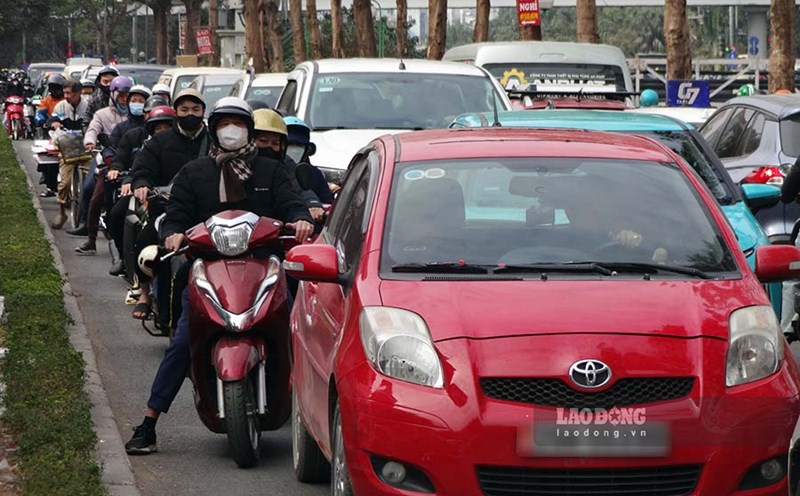Sharing at the real estate seminar recently organized by the Ho Chi Minh City Business Association (HUBA), Mr. Nguyen Duc Lenh - Deputy Director of the State Bank of Vietnam, Ho Chi Minh City branch, said that real estate credit activities for the purpose of use and consumption have a high growth rate.
As of the end of October 2024, the total outstanding loans for home purchase, home repair, land use rights transfer and home construction in Ho Chi Minh City reached VND 784,000 billion.
Of which, home loans and consumer loans, if analyzed by capital usage purpose, home loans account for about 70% of total outstanding real estate credit and have grown positively again in recent months.
The leader of the State Bank of Vietnam's Ho Chi Minh City branch added that real estate credit in Ho Chi Minh City is mainly medium and long-term credit (accounting for about 96%) and grows appropriately according to market developments and product structure.
Meanwhile, data compiled from the third quarter 2024 financial reports of nearly 90 listed real estate enterprises shows that revenue and profit continue to grow compared to the same period in 2023. However, the business picture of the real estate group last quarter did not have many bright spots.
According to statistics from VietstockFinance, the financial debt of 87 real estate enterprises on the stock market (including HOSE, HNX and UPCoM) as of the end of the third quarter of 2024 increased by nearly 11% compared to the beginning of the year, to more than VND 262,000 billion, of which interest expenses increased by more than 30%, to more than VND 10,300 billion.
The latest financial report also shows that many "big guys" in the real estate industry are facing huge debts. Besides, another burden that is "weighing down" real estate businesses is inventory.
The pressure of bond maturity also continues to threaten the market recovery. As evidence, according to the latest data from VNDirect, it is estimated that more than VND76,700 billion of individual corporate bonds will mature in the last quarter of the year, of which the real estate group continues to account for the largest proportion (35.8%).
Actual developments show that the debt burden and thirst for capital have not completely let go of real estate businesses after a long period of market decline.
Dr. Dinh The Hien - Director of the Institute of Informatics and Applied Economics said that through the cash flow reports of listed enterprises, it can be seen that the cash flow of real estate and construction enterprises continuously decreased, even had negative growth.
According to Dr. Dinh The Hien, there are two main cash flows that need to be noted in the cash flow statement. These are cash flows from business activities and from finance. However, currently, financial flows, specifically capital cycles related to banks, are facing difficulties when there are no new loans being disbursed. This leads to a negative financial flow, reflecting the fact that companies are seriously lacking capital, and at the same time showing inconsistency in coordination between companies and banks.
The monetary policy orientation of the Government and the State Bank in 2025 will continue to support and promote economic growth, stabilize the monetary market, interest rates and exchange rates. Enterprises in general and real estate enterprises in particular need to be proactive, flexible, diversify products, adjust selling prices appropriately, and operate transparently to make good use of support policy mechanisms, Mr. Lenh said.
Experts believe that if a common voice can be found between real estate businesses and banks, it will help create a more positive change for the health of businesses in this field.











